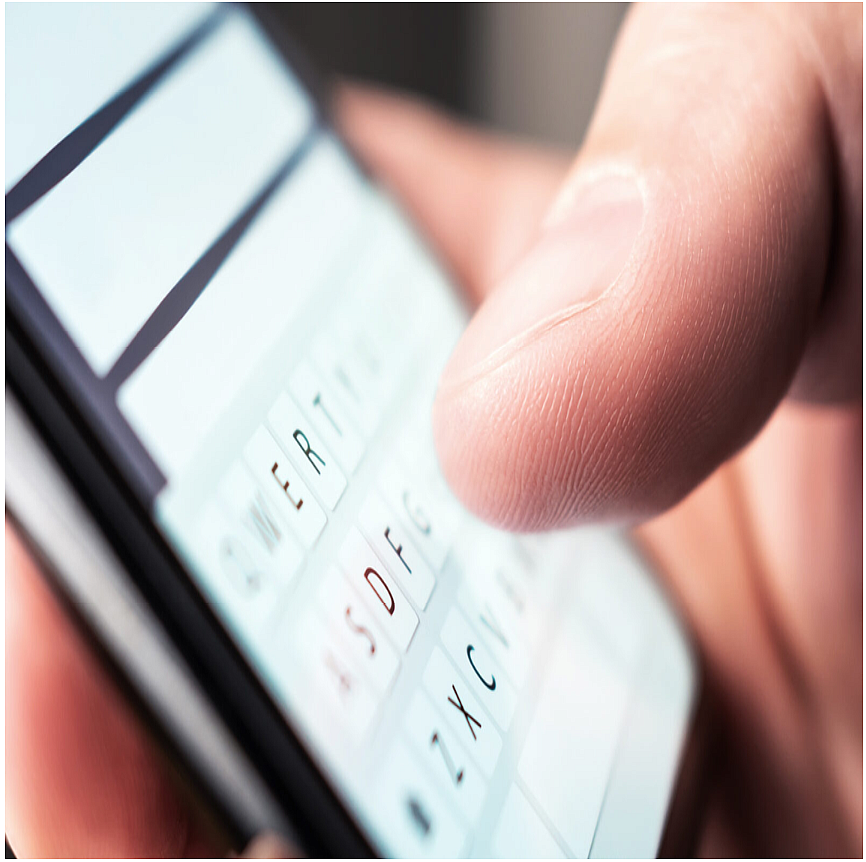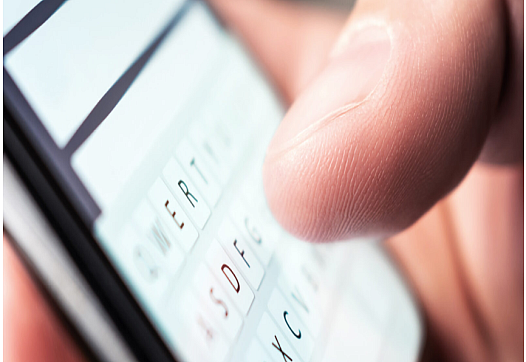Health plans say texting could help reach underserved patients. But a federal rule is getting in their way
This story was originally published in STAT News with support from the USC Annenberg Center for Health Journalism’s 2022 National Fellowship.

Adobe
Health plans trying to reach low-income and underserved customers say they’re being stymied by a decades-old federal rule limiting texting — and they’re framing it as a health equity issue in their bid to change it.
Low-income and underserved patients, they say, are more likely to see and respond to texts about their health than they are to answer calls from unknown numbers or to receive mailed notices, especially if they’re at
work or move frequently. But a 1991 law designed to protect consumers from unwanted telemarketing blocks health plans contracting with Medicaid from texting patients without their prior consent, meaning that they can’t send reminders about services like mammograms or well-child visits unless they’ve reached the patient by phone or mail first.
Since millions of Medicaid patients could soon have to renew their enrollment, if and when the formal Covid-19 public health emergency ends, health plans and regulators are now doubling down on efforts to change the regulations to allow for more text communication. They say the rules limit insurers’ ability to keep people enrolled and to push preventive services.
In some cases, texting is “literally the only way to communicate with the person,” said Abner Mason, CEO of SameSky Health, which contracts with Medicaid plans to connect with and send reminders out to customers. “They’re not going to answer the phone.”
Especially among patients whose jobs don’t allow them to keep their phones on them, “asynchronous messaging is a powerful tool,” he said. “It’s going to be sitting right there on their phone when they get a break, and they can respond with a one, or a two.”
SameSky and several health plans have for years urged the Federal Communications Commission to clarify the Telephone Consumer Protection Act to more explicitly allow health plans to reach their own members via text. Earlier this year the Health and Human Services Department sent its own request for clarification on the rule, which the FCC opened for public comment in the spring.
The Medicaid and CHIP Payment and Access Commission, a panel that advises Congress on Medicaid issues, said it was “concerned about the potential for coverage loss by individuals who remain eligible but do not complete renewals because they do not receive mailed notices,” and noted that “text messages and automated phone calls could help ensure beneficiaries update their contact information with the state and receive information about redeterminations and renewals, which could help mitigate coverage losses.”
Texting could also help reach enrollees with disabilities or language or communication barriers, according to MACPAC.
The FCC did not address STAT’s request for comment on the issue, but referenced a 2015 ruling affirming that texts were subject to the same restrictions as telemarketing calls.
Change could be coming, though it’s not clear when — and health plans and contractors are still looking for more clarity. While a proposed rule from the Centers for Medicare and Medicaid Services encourages states to contact beneficiaries via text when permissible, it also notes that states and contractors must comply with TCPA. That rule is open for public comment until November.
It’s an issue with potentially major consequences, if patients never get reminders about potentially life-saving appointments, Mason said. “What we need is to be able to send that first message that says, ‘Hey, this is your health plan. This is about your health. If you don’t want to get these messages, you can not.’ But we should give them the chance, we should empower the patient, and this old, antiquated law does not do so.”
This story, part of a series on health tech for underserved populations, was supported by USC Annenberg Center for Health Journalism’s national fellowship.


